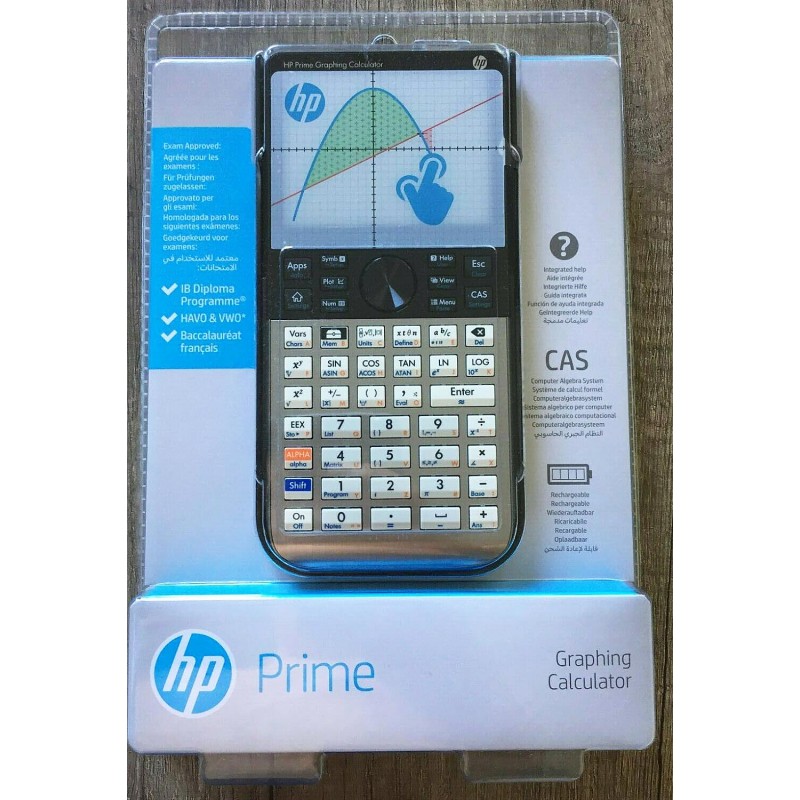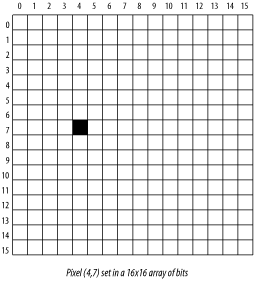


AccuracyĪccuracy describes the amount of uncertainty that exists in a measurement with respect to the relevant absolute standard. Keep in mind, too, that it is rare when more resolution comes without penalizing acquisition speed. You should pay equal attention to these parameters when selecting a product. The reality is that accuracy and sensitivity are of equal or greater importance than resolution. There is a false implication that the higher the resolution, the better suited the product is to make measurements. Actually, the 14-bit board may be a better choice if it is more accurate and has better sensitivity than other higher-resolution products. As a result, you assume that an A/D board with 16-bit resolution is better than a 14-bit board, and a 20-bit board is still better. The most common mistake is to assume that more resolution always represents a better measurement. Even experienced engineers confuse these related, yet very different, specifications. Product characteristics such as price and measurement speed are easily understood.īut when you examine the resolution, accuracy, and sensitivity of a product, be careful. When selecting an analog-to-digital (A/D) board, an external data acquisition system, or other measurement device, many parameters must be considered. To help give these numbers some meaning, the human ear has a dynamic range of about 120 dB, and since Compact Disks (CDs) use 16-bit samples, they inherently have a dynamic range of 90 dB.This article is part of TechXchange : Why Low Iq is the Smart Thing to Do Therefore, for 8-bit samples, the dynamic range is 42 dB, and "Bit Dynamic Range in dBFS" indicates the dynamic range for all number of bits per sample (resolution) discussed.

Bit Dynamic Range in dBFS Resolution, bits For example, for 8-bit samples the minimum level in decibels is: The difference between the maximum and minimum representable values, expressed in decibels is defined as the “dynamic range”.įor any given sample value, Level in dBFS = 20 * LOG (level / max level). The lowest level that can be represented is the minimum possible non-zero number that can be represented, and that of course in all cases is the value 1, or -1. Therefore, the number of bits per sample determines the maximum values that can be represented, and the maximum values represent the maximum volume. It is an arbitrary “reference point” that simply means the maximum possible volume that can be represented for a given number of bits per sample (resolution).
16 BIT RESOLUTION CALCULATOR FULL
These maximum values are also the values associated with the term “0 dBFS”, which means “0 dB Full Scale”. A clipped sine wave begins to look like a square wave at extremely over driven levels. If the input signal is increased beyond this, the waveform that would have been above the maximum limit is said to have been “clipped”. If a +/- 30 volt power supply is being used, and ignoring output device losses, the output voltage can never exceed +/- 30 volts. These maximum values equate to the voltage levels of analog amplifiers at which the +/- output voltages reach the limits of the power supplies being used. The loudest (“full volume”) audio levels are represented by the maximum value that can be represented for a given number of bits per sample. It is a term that describes the range of loud to soft audio levels that can be accommodated. One of the characteristics of audio that is most affected by the number of bits per sample is dynamic range. The sample values are integers with maximum and minimum values that depend on the number of bits per sample, as related in "Bit Dynamic Range" Typical A/D convertors produce samples of 8, 16, or 24-bit resolution. The precision of digitally recorded values depends largely on the resolution of the conversion device, known as an Analog to Digital (A/D) Convertor.


 0 kommentar(er)
0 kommentar(er)
